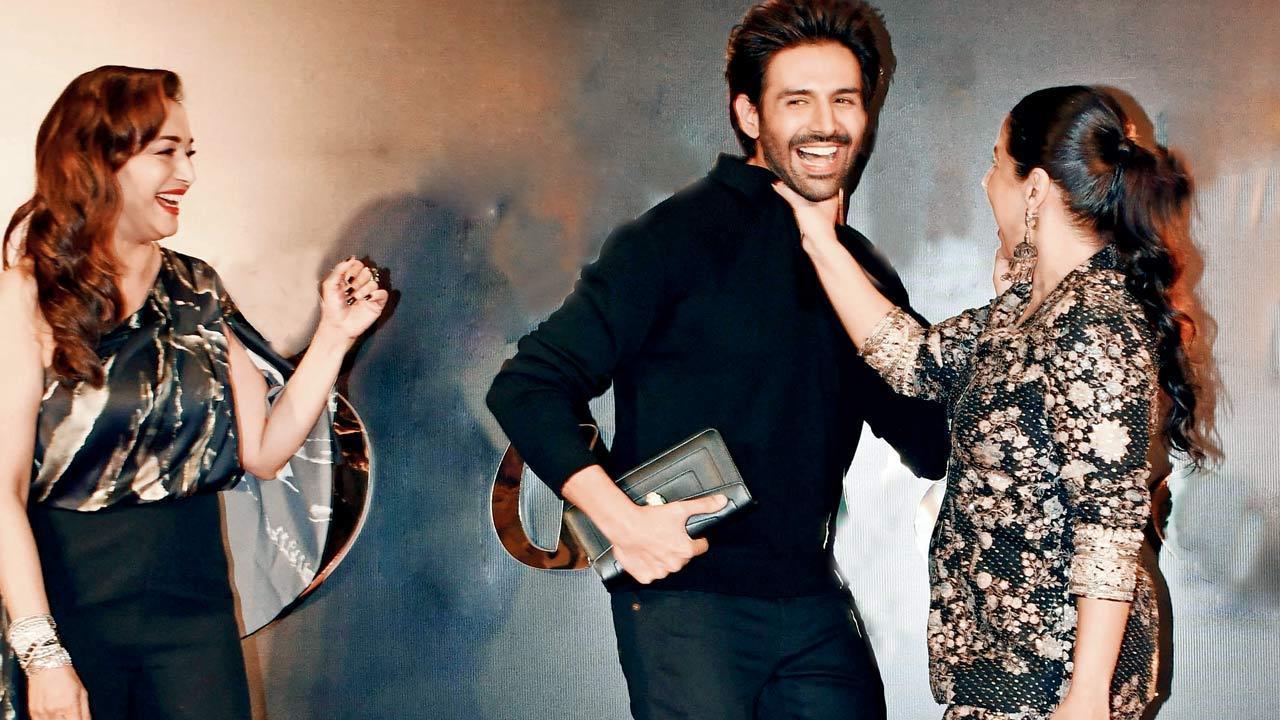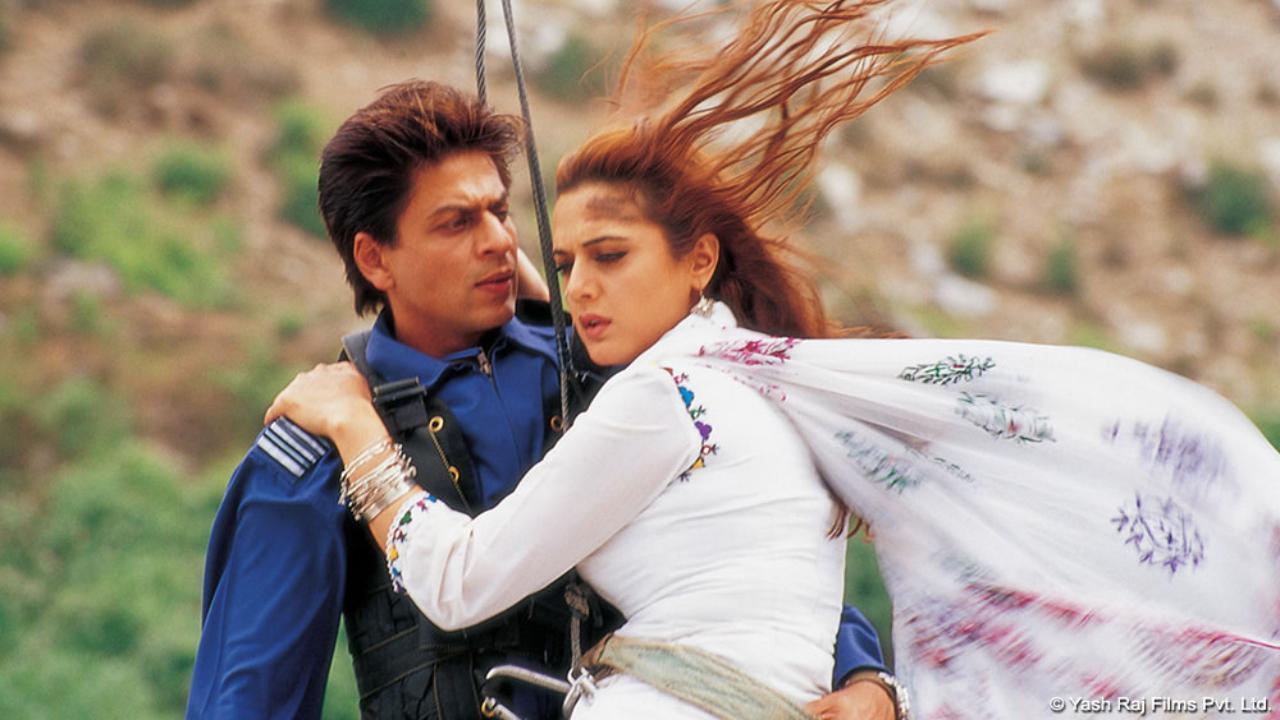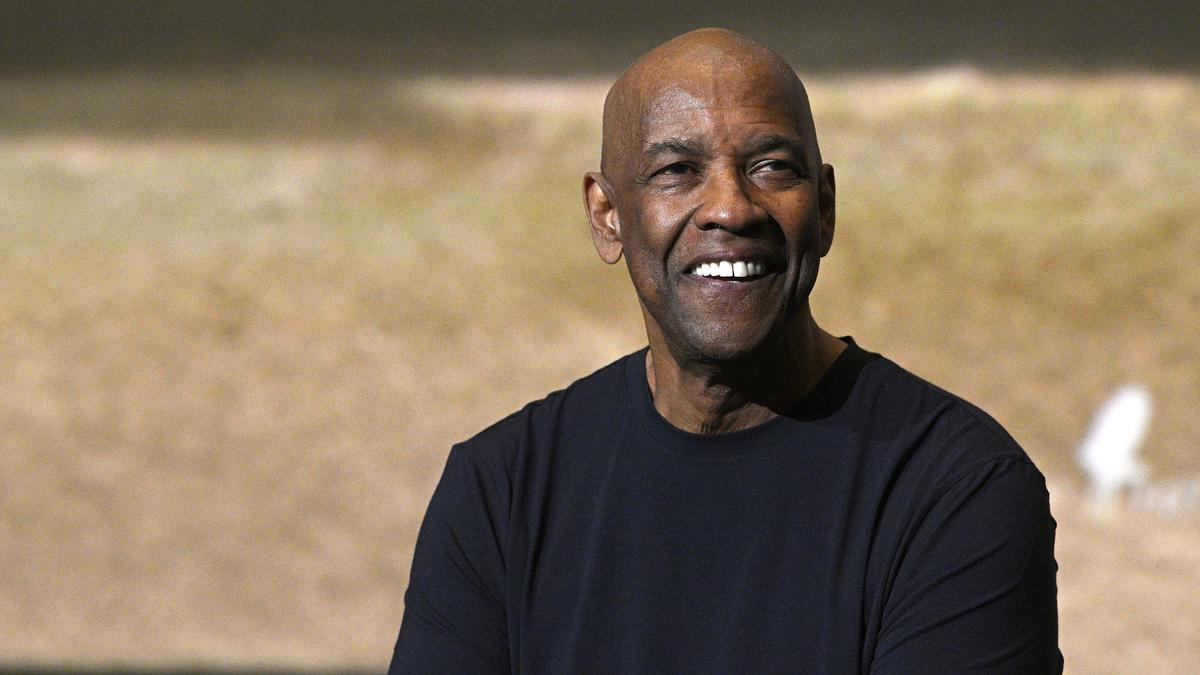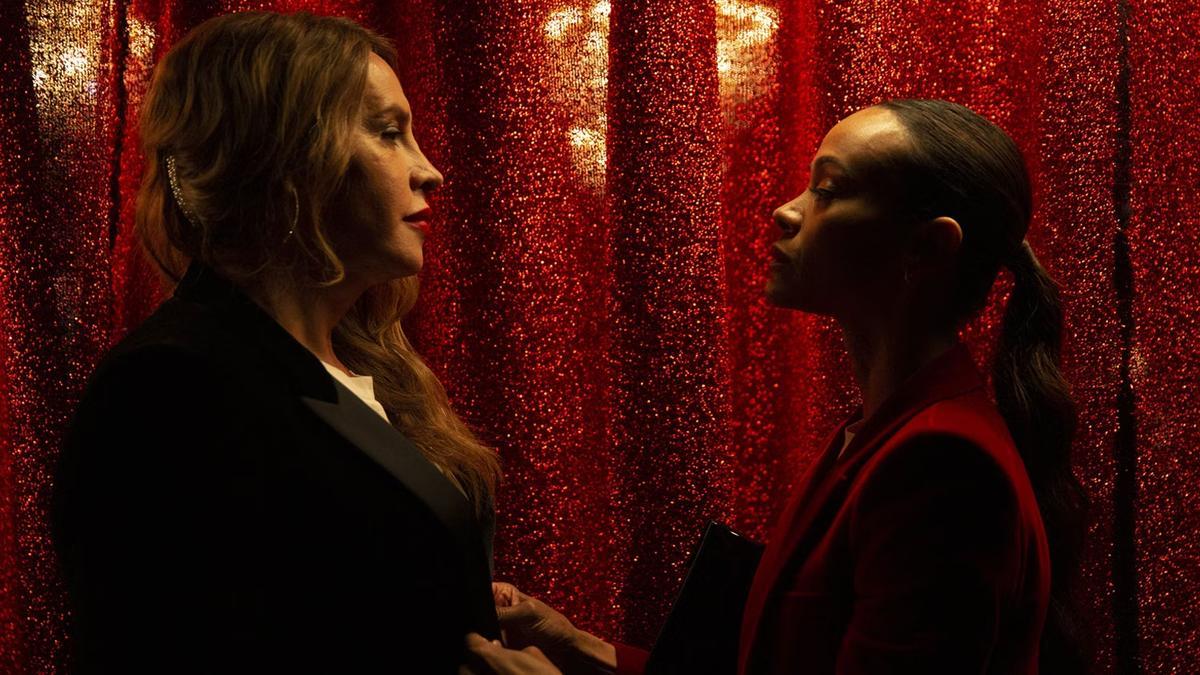
In an astonishing fusion of Tamil folklore and traditional Sanskrit theater, Kapila Venu has scripted history by introducing ‘Madurai Veeran Kathai’ through the classical dance form of Nangiarkoothu, an adaptation that resonates with historical underpinnings and enriches the canvas of Indian performing arts.
Traditionally, the ancient art form of Koodiyattam, which thrives predominantly in Kerala, has been a dedicated space for Sanskrit theater. The performers, mostly from the Chakyar community, are believed to have their roots in Tamil Nadu, yet the representation of Tamil narratives within Koodiyattam has been nearly non-existent until now. Kapila Venu’s choreography comes as a pioneering effort, infusing the Tamil epic tale of Madurai Veeran into the folds of an art form.
‘Madurai Veeran’ or the ‘Warrior of Madurai’, as he is respectfully called, has struck a chord in the heart of Tamil Nadu’s cultural heritage. Stories, songs, and dramas have revolved around this folk deity, revered as the guardian of the ancient city of Madurai—a hero amongst the local populace. Born a royal, yet forsaken at birth, and later raised by the Arunthathiyar community, his journey from a fabled warrior to a deity worshiped across communities, embodies the essence of heroism entwined with devotion.
Veeran’s legendary exploits and his poignant romance with the royal dancer Vellaiyammal define the crux of this tale. Their love story meets a tragic twist as Veeran is maimed for attempting to elope with her. Despite such adversity, defying the jaws of death through divine intervention, he eventually succumbs to his own volition. His legacy is enshrined by a temple where he is idolized by many as a family deity.
The performance by Kapila Venu was nothing short of a breathtaking spectacle staged at the revitalized Kottichetham auditorium of Natanakairali in Irinjalakuda. Her embodiment of Madurai Veeran through the exquisite feminine solo performance style of Nangiarkoothu signified a cultural milestone. Her vast range of expressive abilities, especially ‘netrabhinaya’ or the art of expression through eyes, captivated the spectators, as she narrated the tale with grace and vigor.
The audience was treated to a sensory feast as Kapila, through her magnetic choreography, recreated the pomp and circumstance of Madurai Veeran’s arrival in the city. Incorporating the traditional music of Tamil Nadu like Nagaswaram, thavil, parai, and pambai, her performance magnified the auditory experience alongside two mizhavus and edakka drumming in varied ‘talas’.
The nuances of Vellaiyammal’s character and the poetic dramatization of the robbery scene were particularly evocative, reflecting Kapila’s profound understanding of the subtle art of Nangiarkoothu. The serenity and power of her portrayal of Madurai Meenakshi praying for Veeran’s recovery laid the foundation for an atmosphere that transcended the bounds of mere storytelling.
In an unprecedented move, Tamil literature found a voice in this performance, with the inclusion of three couplets from the ‘Thirukural’, which underscored the cultural integration of the performance. This landmark production thus successfully intertwined Tamil ethos into the disciplined framework of Koodiyattam’s Nangiarkoothu style.
Renowned artists Kalamandalam Rajeev and Kalamandalam Hariharan astounded the audience with their mizhavu performance, while Kalanilayam Unnikrishnan’s mastery over edakka elevated the entire ensemble. The performance was not just a demonstration of Kapila Venu’s formidable histrionics but also a statement that the wealth of Tamil narratives can coexist harmoniously with the ancient Sanskrit theater tradition, bringing forth a rich new legacy in Indian classical performing arts.










